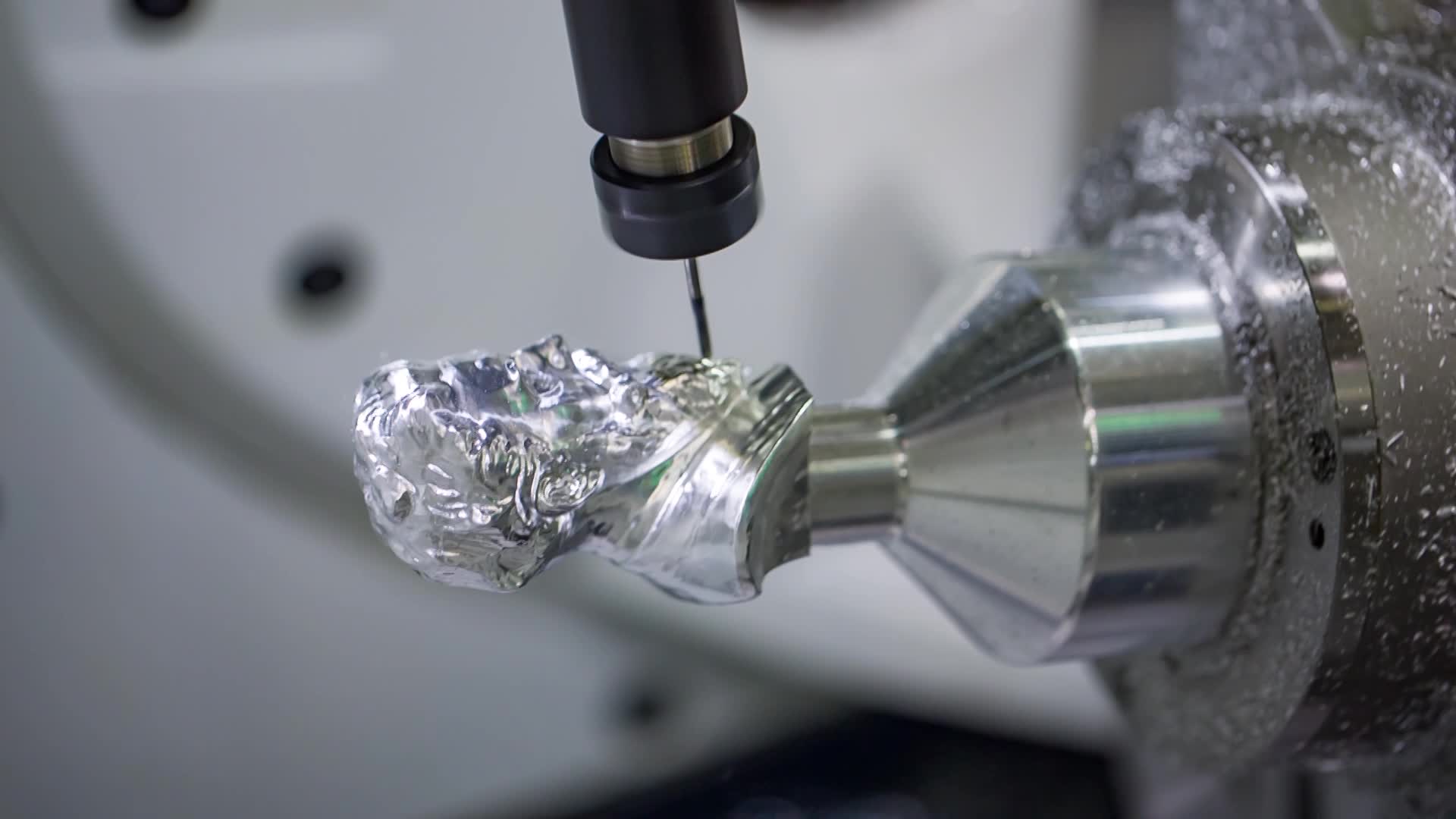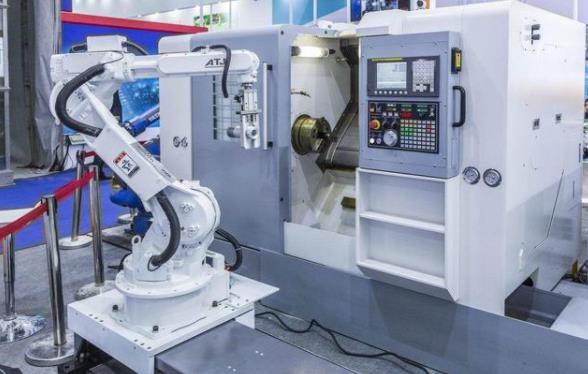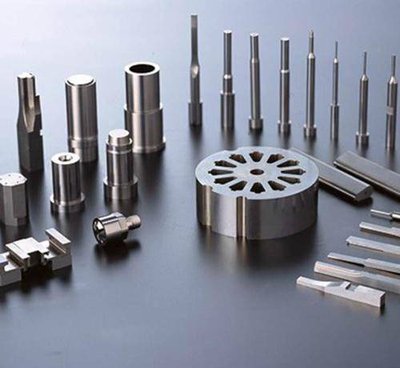The medical device industry demands precision, safety, and reliability, driving advancements in designing molds for medical-grade plastic components. As regulatory standards tighten and patient safety remains paramount, manufacturers are leveraging cutting-edge mold design technologies to produce compliant, high-performance parts.

The Critical Role of Mold Design in Medical Manufacturing
Medical-grade plastics, such as PEEK, polycarbonate, and biocompatible resins, require molds that ensure flawless part geometry, surface finish, and material integrity. Precision mold design must account for:
Sterilization Compatibility: Withstanding repeated autoclaving or gamma radiation.
Micro-Feature Accuracy: Crafting intricate channels, threads, or snap-fit mechanisms for devices like syringes, inhalers, or surgical tools.
Regulatory Compliance: Adhering to ISO 13485, FDA guidelines, and biocompatibility standards (ISO 10993)

Advanced Techniques for Medical Mold Fabrication
Modern mold designers utilize high-precision CNC machining and additive manufacturing to create complex cavities and cores with tolerances under ±0.005mm. Multi-axis CNC systems enable undercuts and thin-walled geometries essential for lightweight, ergonomic devices. Additionally, conformal cooling channels optimize cycle times while preventing material degradation.
Applications in Healthcare Innovation
From diagnostic equipment to implantable devices, precision molds enable:
Surgical Instruments: Scalpel handles, forceps, and disposable tools with anti-microbial surfaces.
Drug Delivery Systems: Inhaler valves, insulin pen components, and IV connectors.
Wearable Medical Devices: Biocompatible housings for monitors or pumps.

Collaboration for Success
Manufacturers must partner with mold designers experienced in medical-grade plastic injection molding and regulatory workflows. Key considerations include material selection, cleanroom production protocols, and validation testing (e.g., tensile strength, chemical resistance).
Conclusion
As healthcare technology evolves, designing molds for medical-grade plastic components remains a cornerstone of innovation. By prioritizing precision, compliance, and advanced engineering, manufacturers can deliver life-saving devices that meet the highest global standards.